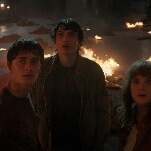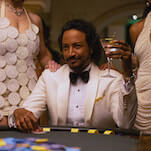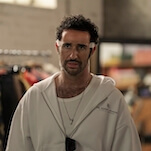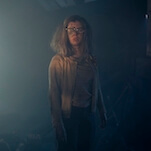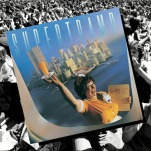Fritz Lang: The Early Works / Die Nibelungen

Fritz Lang was one of the few filmmakers who thrived creatively in both the silent and sound eras, as well as in both Europe and Hollywood. One big reason for that was that Lang began his career in his late 20s in Germany, at a time when the Expressionist movement was encouraging both fine and popular artists to experiment. By the time Lang made his early-’20s masterpieces Destiny and Dr. Mabuse, The Gambler, he’d already had a couple of years of making movies under his belt, trying out a variety of techniques in a number of different genres, learning what worked and why. The three-DVD Kino set Fritz Lang: The Early Works contains three of those fledgling efforts: 1919’s Harakiri, a retelling of Madame Butterfly starring Lil Dagover as a Japanese woman who has a baby with a European soldier and then braves social scorn while she waits for him to return; 1920’s The Wandering Shadow, in which Mia May plays a “fallen woman” who escapes into the mountains to avoid her lover and find some spiritual redemption; and 1921’s Four Around The Woman, with Ludwig Hartau as a rich man investigating his wife’s possible infidelities. Though different in approach, all deal with themes that will recur in later Lang films—in particular the idea that human beings are enslaved by their passions, and if allowed enough anonymity, people behave abominably.
It’s hard to draw firm conclusions about the films in The Early Works, because in some cases they’ve been reconstructed from badly damaged, incomplete prints, found in archives without the original German title cards. But even the pieces of these movies that exist are only intermittently Lang-like, stylistically. Harakiri in particular is very plain, with Lang doing little visually to enliven a predictably melodramatic plot (or to alleviate the awkwardness of a Japanese story being played by a European cast). The Wandering Shadow contains more memorable images, shot on location at misty mountain lakes populated by salt-of-the-earth types who are being imposed upon by darkly attired city folk; but nearly a third of the film is lost, which makes it easier to admire as a piece of cinematic history than as a piece of cinema. It’s Four Around The Woman that’ll be of most interest to Lang buffs, both for its occasional visual flourishes—including a fun opening shot of a rotating bar—and its depiction of upper-class Germans snooping around each other’s private lives like shameless gumshoes. It’s a strong warm-up for the following year’s Dr. Mabuse, and for the crime stories that would make Lang’s reputation over the next few decades.






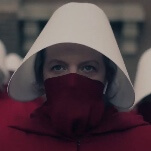




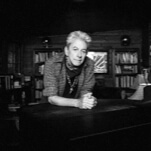












![Rob Reiner's son booked for murder amid homicide investigation [Updated]](https://img.pastemagazine.com/wp-content/avuploads/2025/12/15131025/MixCollage-15-Dec-2025-01-10-PM-9121.jpg)

